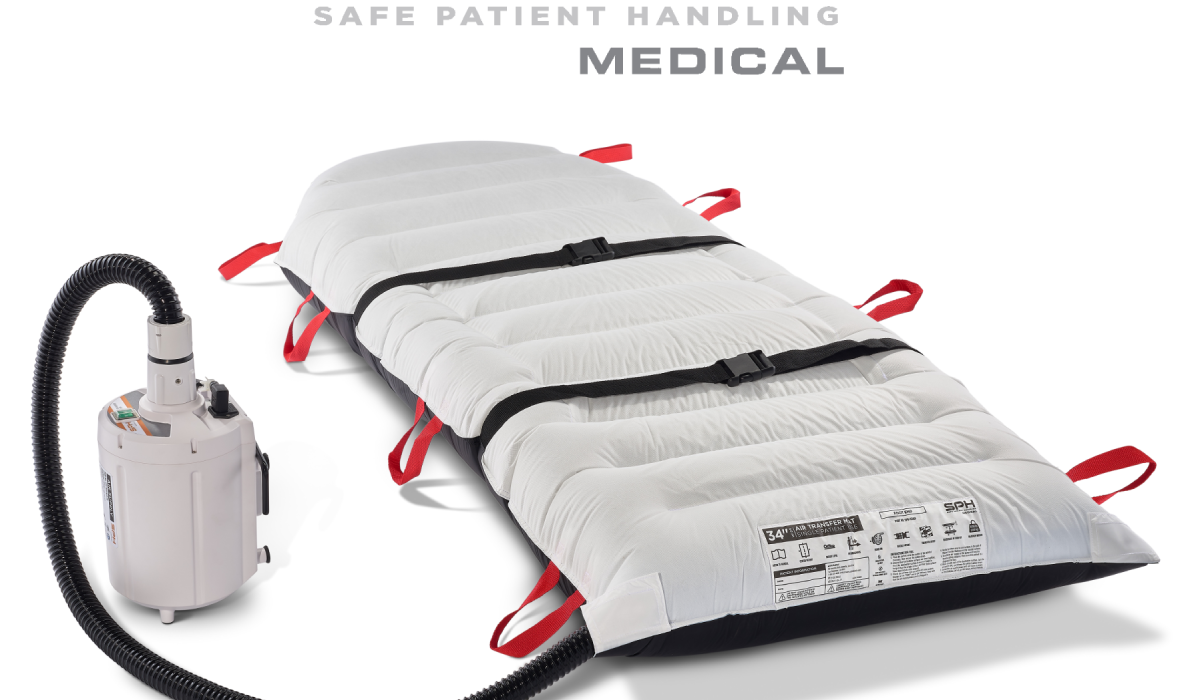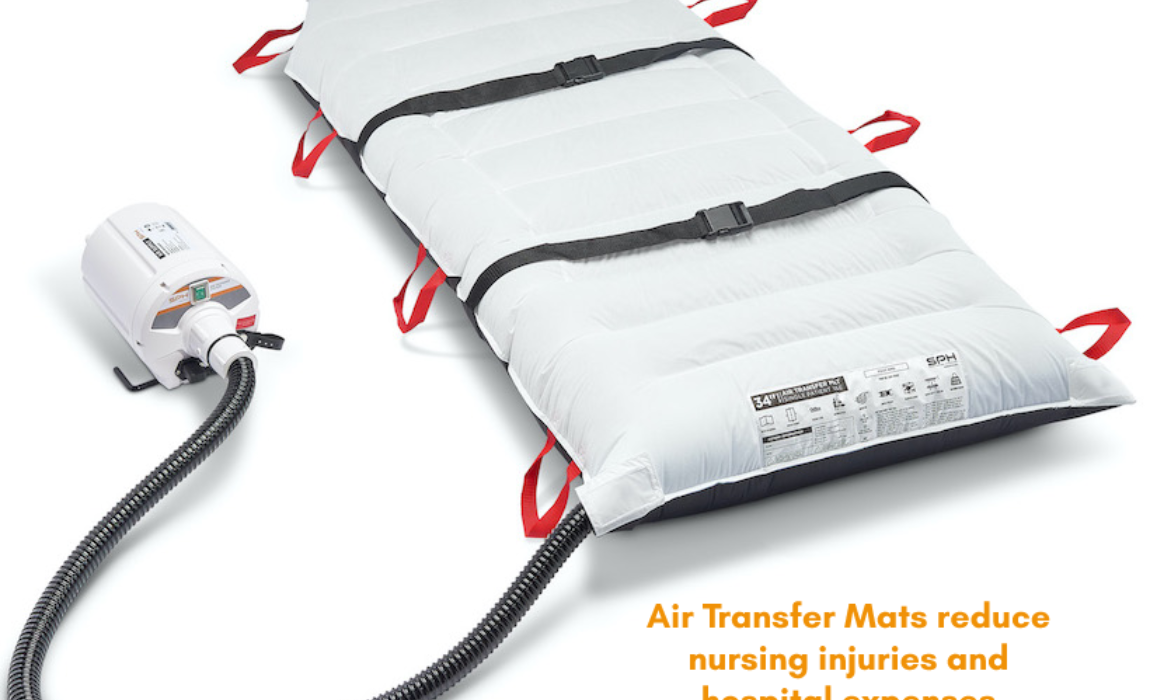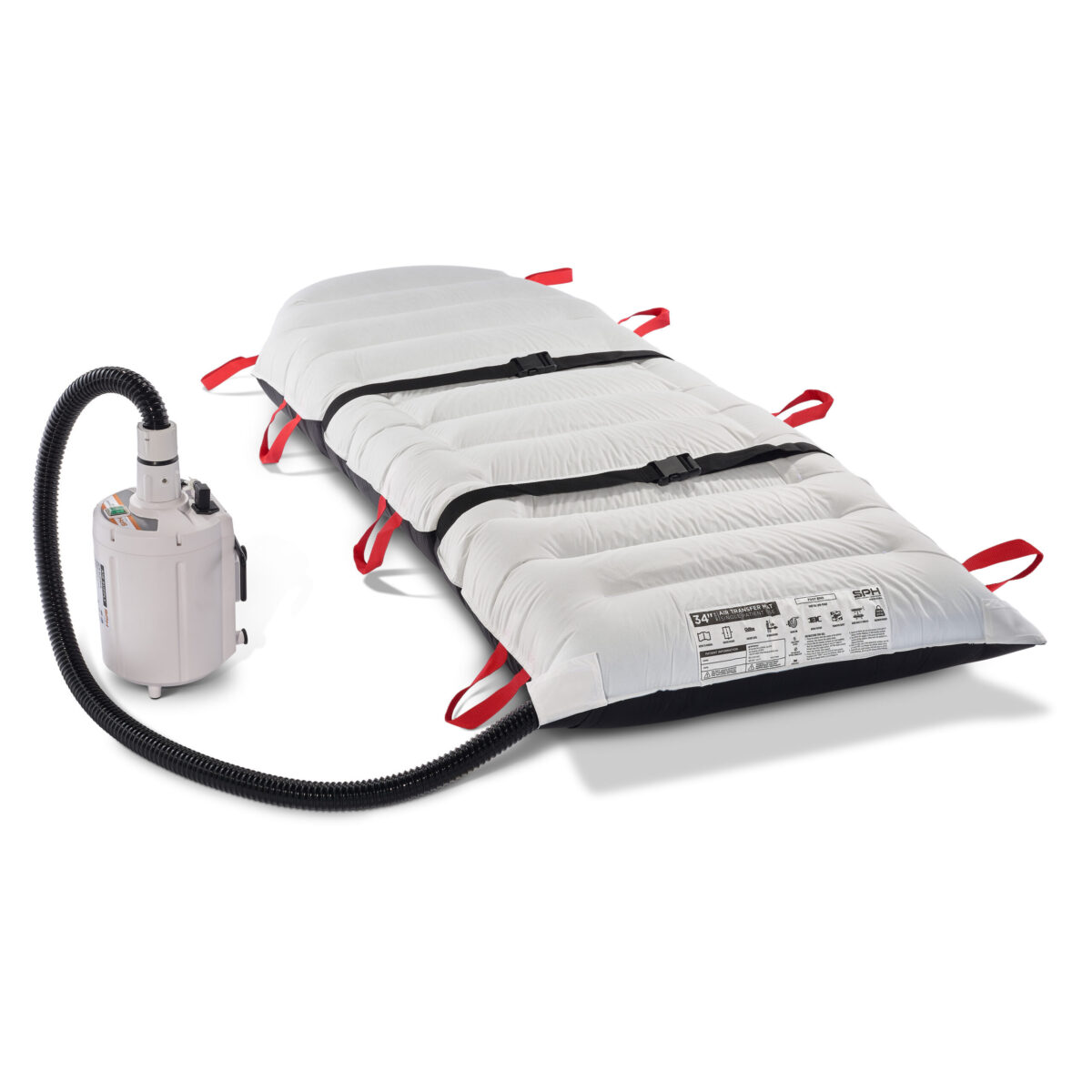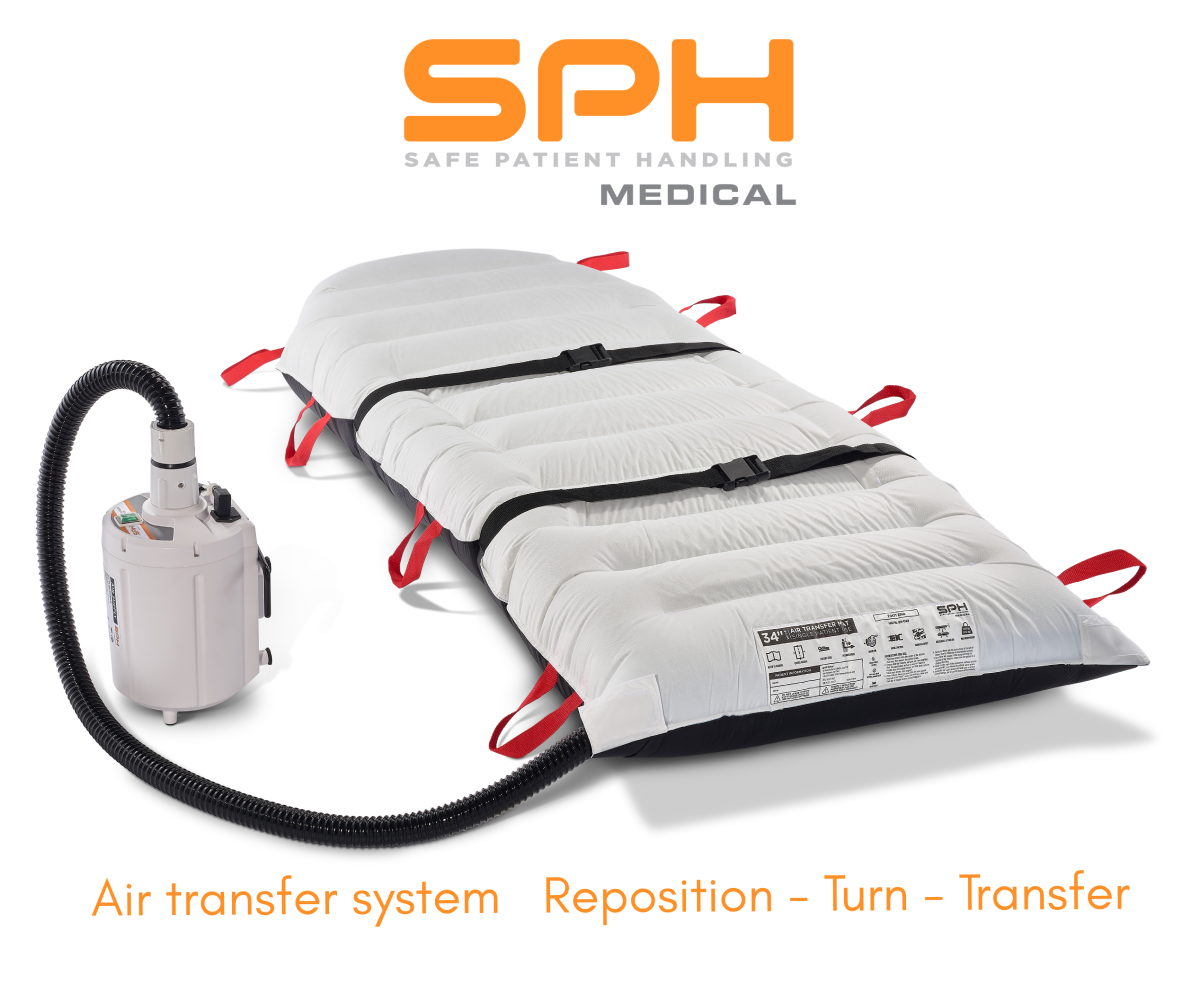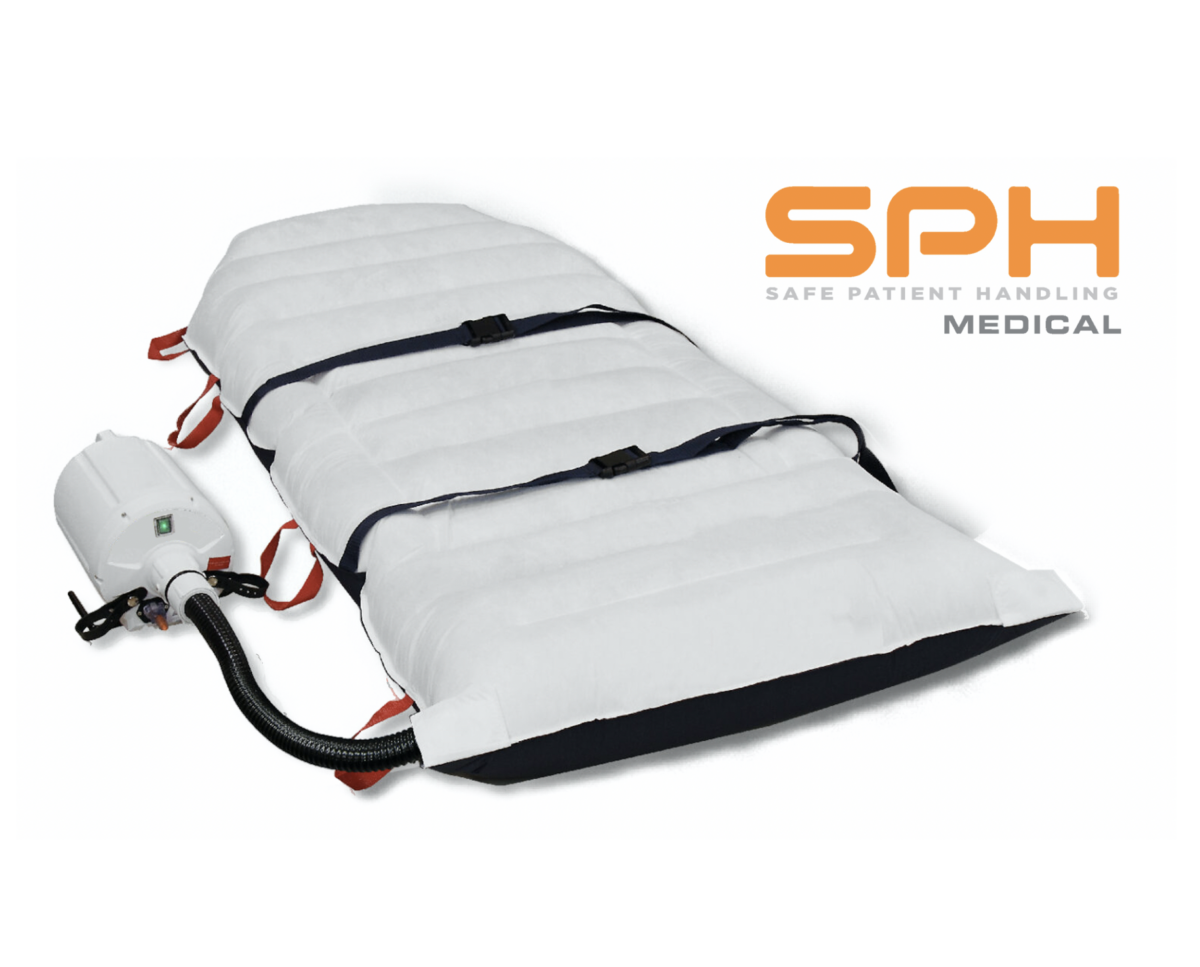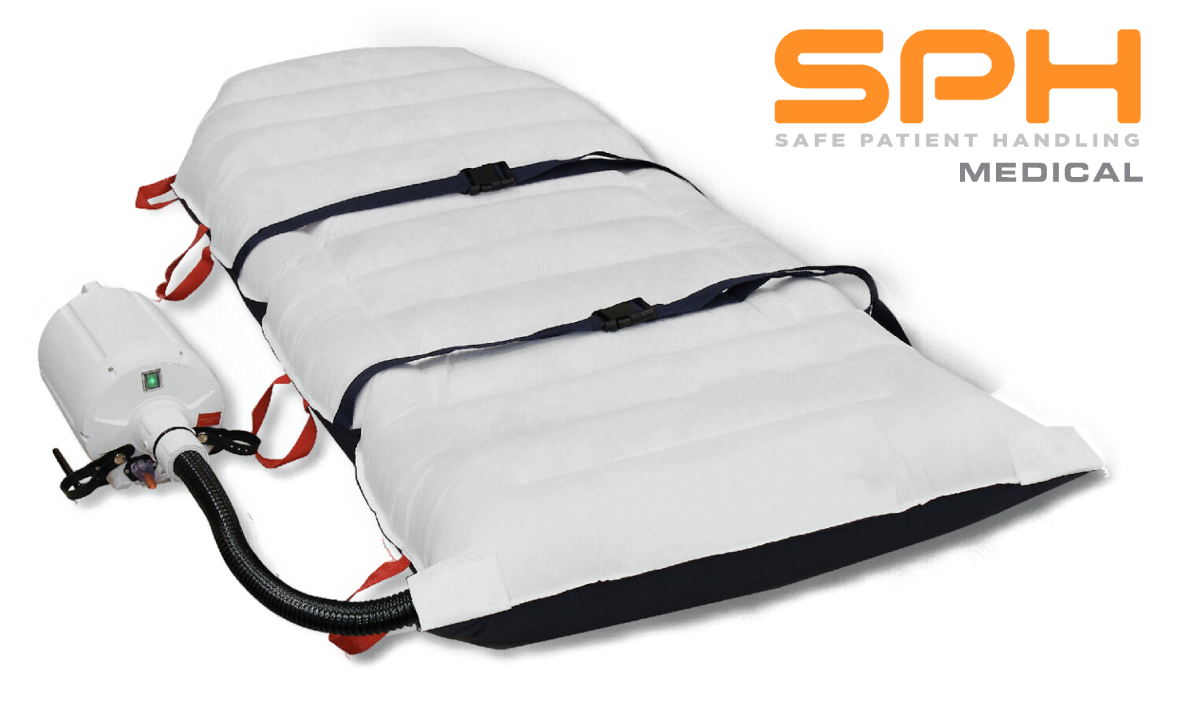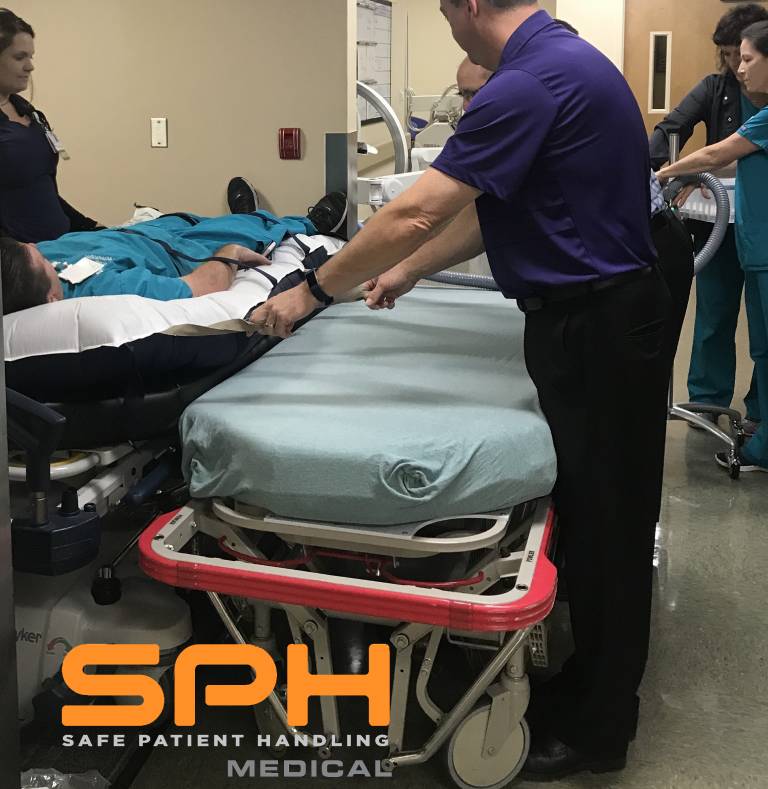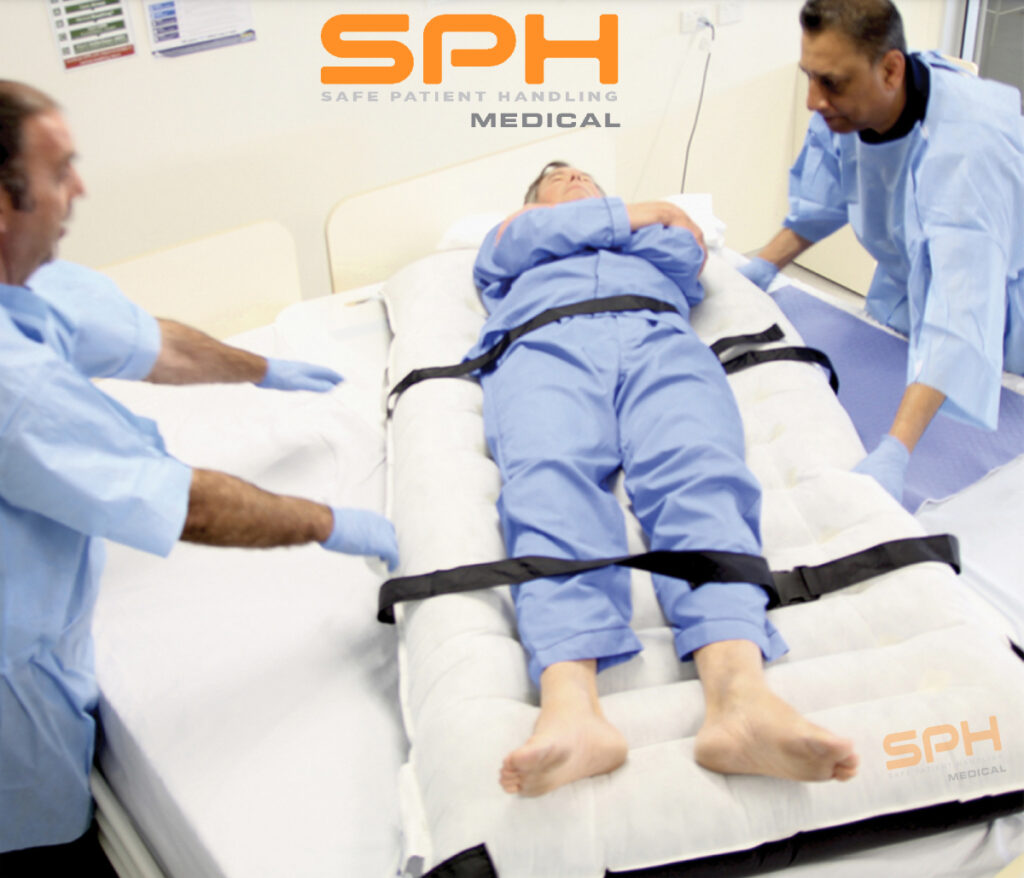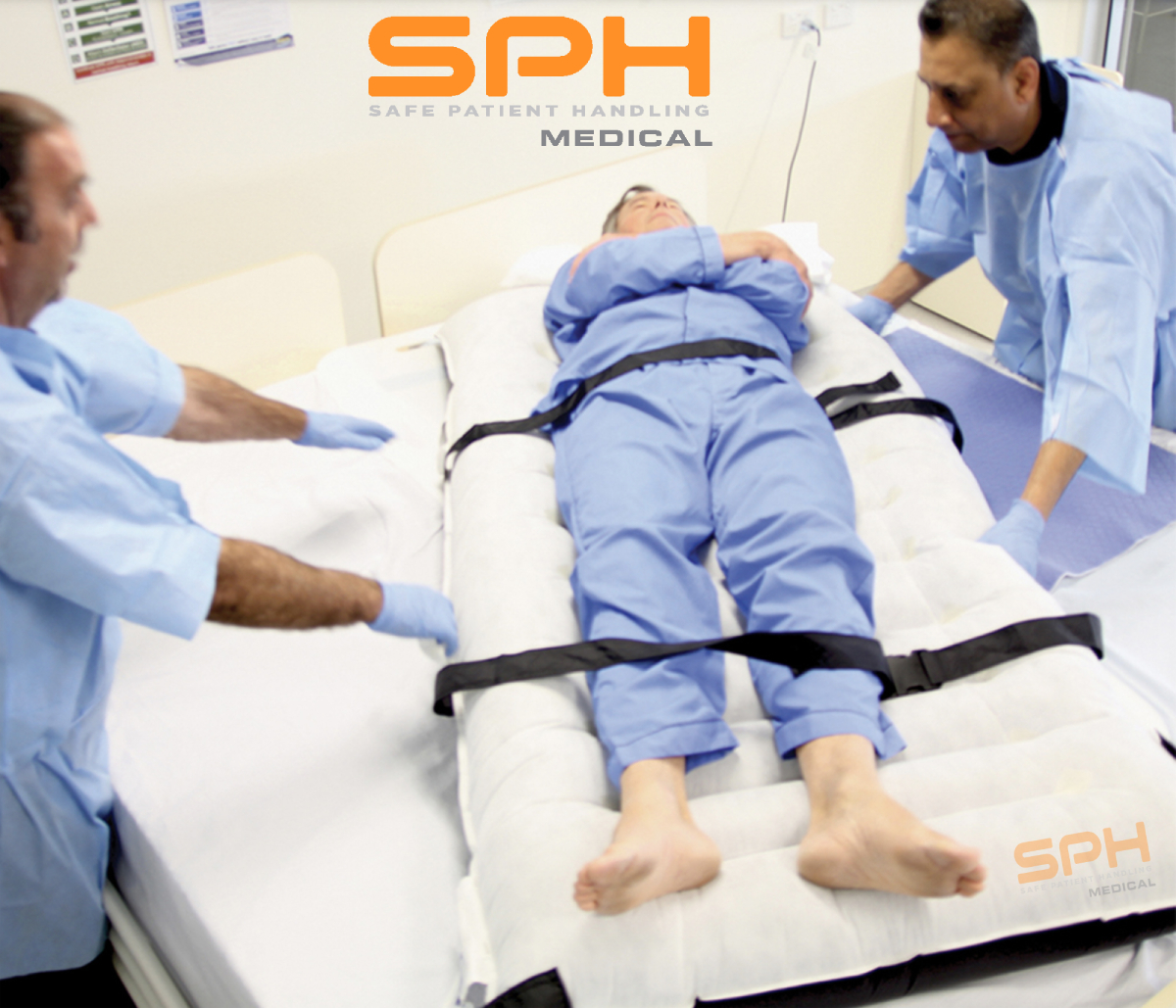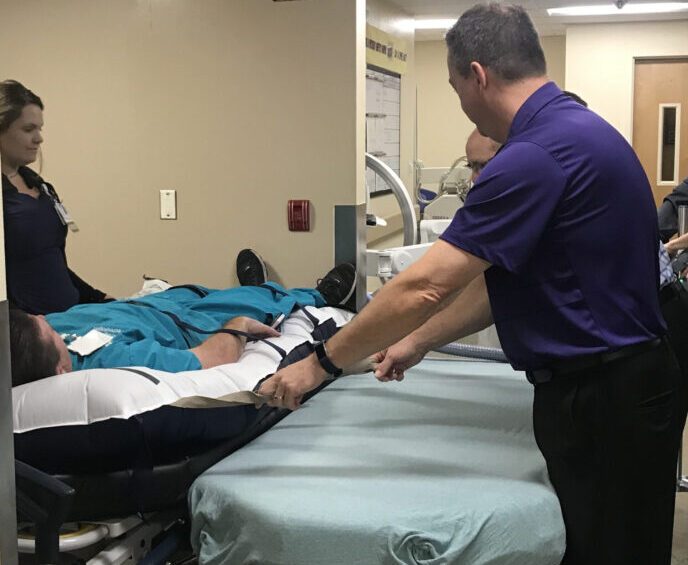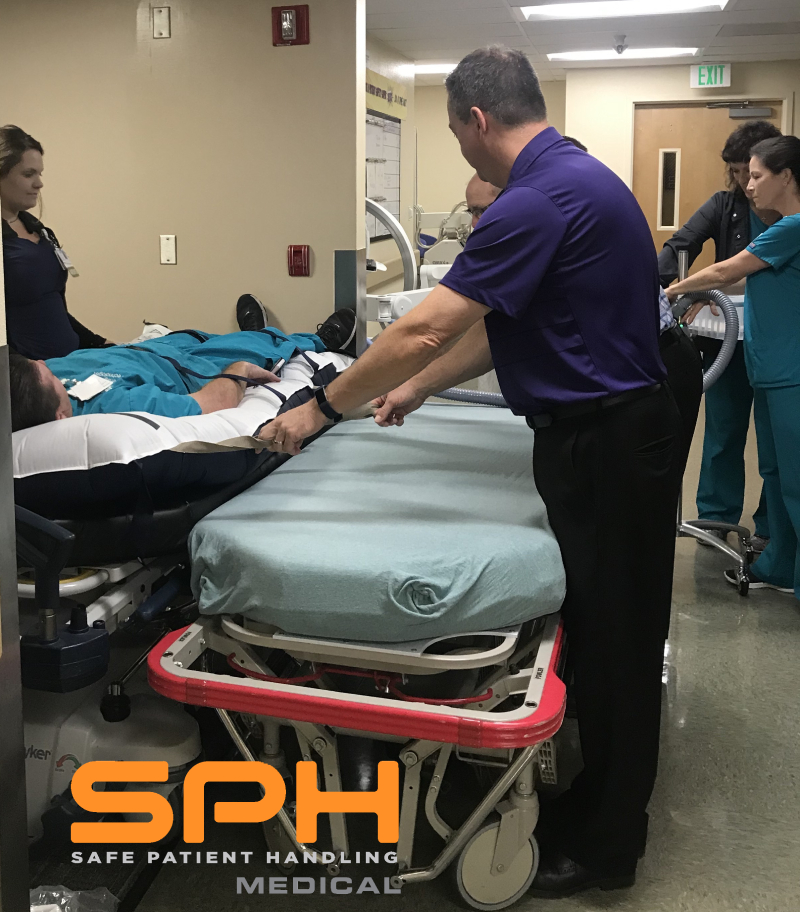In the dynamic realm of healthcare, technology often takes the limelight. A prime example of this is the Air Powered Lateral Transfer and Positioning System, a groundbreaking tool that has revolutionized patient handling in hospitals. This article delves into the history of these systems, charting their evolution over the last 25 years with an emphasis on the transformative products of SPH Medical.
The Early Innovations of Air Powered Lateral Transfer
The initial manufacturers of air powered lateral transfer systems ventured into this unexplored territory with innovative thinking and determination. Their pioneering products filled a significant void in patient safety and hospital efficiency, creating a new standard for patient care.
The Evolution of Positioning Systems
Over the past quarter-century, these systems have seen significant advancements. The initial manufacturers continually refined their products to enhance patient comfort and ease of use. As a result, these systems have played a crucial role in reducing patient handling injuries, with a remarkable 30% decrease in related incidents, underscoring their indispensable contribution to the healthcare industry.
The Benefits of Air Powered Transfer and Positioning Systems: A Preferred Choice
Air Powered Transfer and Positioning systems have become the favored choice over mobile lift equipment in many healthcare settings, and for good reason. These systems significantly reduce the risk of injury to nurses by alleviating the physical strain associated with patient handling tasks. Each shift, nurses face a multitude of patient care tasks, including repositioning patients up in bed, transferring them from bed to gurney, and aiding transfers on and off CT or OR tables.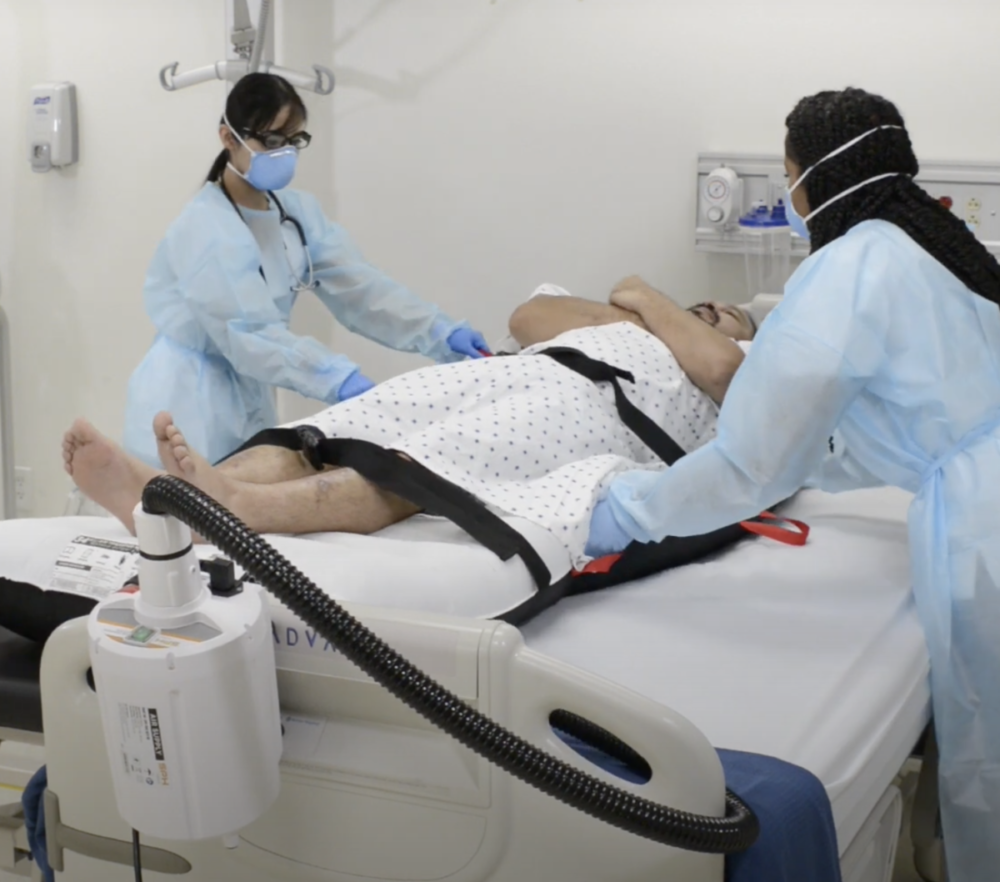
These tasks, when performed manually, not only pose a risk of injury to healthcare professionals but can also compromise patient comfort and safety. The introduction of air powered transfer and positioning systems has revolutionized these everyday tasks. They provide a safer, more efficient method of patient handling, reducing the physical burden on nursing staff while ensuring optimal patient comfort and safety. This is why these systems are not just a choice, but a necessity in today’s healthcare environment. They represent the epitome of innovation in patient care, combining efficiency, safety, and cost-effectiveness in one powerful package.
The Rise of Single-Patient-Use Air Transfer Mats: A Game Changer in Healthcare
In the realm of air powered transfer and positioning systems, a significant evolution has been the advent of single-patient-use Air Transfer Mats. This innovation has had a profound impact on hospitals, contributing to an unprecedented reduction in nursing injuries, and consequently saving millions in medical expenses and lost workdays.
Single-patient-use mats address one of the most critical challenges in healthcare: infection prevention. By ensuring each patient has a dedicated mat, the risk of cross-contamination is drastically reduced. This singular feature has made them an indispensable tool in maintaining stringent hygiene standards, further enhancing their value in the healthcare setting.
These mats have not only proven to be cost-effective but also remarkably efficient in reducing the physical strain on nurses, substantially lowering the incidence of injuries. Statistics show a significant drop in nursing injuries related to patient handling tasks since the introduction of these mats – a testament to their effectiveness.
In essence, single-patient-use Air Transfer Mats have emerged as a vital solution in today’s healthcare industry. They encapsulate efficiency, safety, and infection control – all in one innovative product. The benefits are clear: they enhance patient safety, protect nursing staff, and save hospitals millions. So, it’s time to embrace this evolution in patient handling technology. Because when it comes to the well-being of your patients and staff, every measure counts.
The Revolutionary Impact of SPH Medical
SPH Medical, although a newer player in the field, has made a ground-breaking impact. The company has redefined the concept of the air powered transfer mat, delivering a product that is not only more cost-effective but also highly efficient. By reducing costs by 10-20% compared to other solutions in the market, SPH Medical is proving to be a trailblazer in the industry.
Transitioning to SPH Medical: Compatibility and Ease
One of the standout features of the SPH Medical Air Transfer Mat is its extensive compatibility. The mat integrates smoothly with most other air supplies/motors already in use in hospitals, enabling a swift and seamless transition to SPH Medical’s system. Hospitals adopting this solution report immediate benefits in terms of cost savings and patient safety.
The journey of Air Powered Lateral Transfer and Positioning Systems over the past 25 years is a testament to the power of innovation. The initial manufacturers laid the groundwork, but it is the transformative products of SPH Medical that are currently leading the pack. Their affordable solution, combined with compatibility with existing hospital equipment, makes them an appealing choice for healthcare institutions. For those aiming to enhance patient safety while also improving efficiency, SPH Medical offers a proven solution.
Step into the future of patient handling with SPH Medical. Your patients deserve nothing less.

